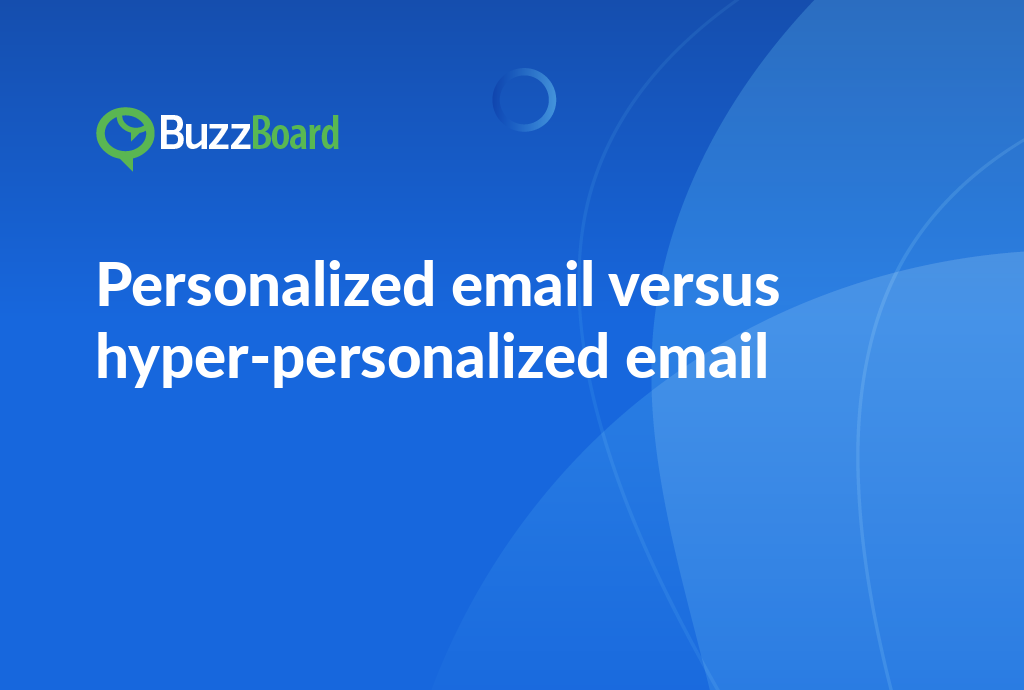Price Transparency Power: Competitive Pricing Models for Small Businesses
Understanding the Importance of Price Transparency for Small Businesses
Understanding effective pricing models is essential for salespeople at digital marketing agencies focusing on small businesses. Entrepreneurs often struggle in determining their prices, making the concept of price transparency vital.
Price transparency allows small businesses to offer clear pricing models, thus enhancing trust among customers. The absence of hidden charges or extra costs promotes loyalty. Value-based pricing models are an innovative strategy that aligns the price charged with the perceived value in the minds of customers. This consumer-focused strategy can significantly bolster your business’ reputation.
Hourly versus retainer pricing methods have a pivotal role as well. A thorough understanding of the differences and benefits each model offers can substantially improve the sales process for digital marketing agencies serving small businesses.
A detailed proposal cost breakdown for your services is a key element of price transparency. This breakdown reveals how prices for services or products are calculated, providing a comprehensive summary of all costs.
Price transparency enables clients to make informed decisions, increasing confidence and trust in your business. This understanding empowers them to see the value they gain from your services, fostering long-term relationships and sustainable growth.
Remember, the goal is not the cheapest price, but the fairest one. Promote transparency in pricing to cultivate healthier business relationships. It’s time to be transparent—not just in your dealings but also in your pricing.
Key Benefits of Offering Transparent Pricing Models for Small Businesses
Offering transparent pricing models for small businesses isn’t just good practice, but a strategic growth tool that invokes trust, assures credibility, and garners long-term customer loyalty. Traditionally, businesses have relied on an hourly vs. retainer pricing strategy, but shifting to dynamic and value-based pricing models has proven more beneficial.
Transparent pricing models openly display every charge, showing clients a clear cost breakdown in proposals. This approach builds trust by ensuring customers there are no hidden costs—they pay exactly what they see. It reduces the risk of unexpected charges and makes customers feel more engaged in the buying process, ultimately increasing satisfaction levels.
Furthermore, transparency encourages fair market competition. Small businesses competing with large corporations can gain a competitive edge by enticing clients with their transparency and value-based pricing models, separating themselves from competitors with complex, non-transparent pricing methods.
Moreover, transparency in pricing simplifies the sales process significantly. Salespeople at digital marketing agencies can more effectively explain their cost structure to potential clients. This efficiency and transparency facilitate a smoother sales process, ultimately improving conversion rates.
Finally, transparent pricing models highlight a company’s confidence in its product value and quality. By openly displaying prices, businesses show they believe in the worth of their offerings, leaving a lasting impression of reliability to potential customers.
In conclusion, offering transparent pricing models is beneficial in fostering trust, promoting competition, and simplifying the sales process, proving itself to be an indispensable tool for small businesses.
Comparing Value-Based Pricing Models, Hourly and Retainer Pricing Models: Which One Is Best Suited for Small Businesses?
Value-based pricing models, hourly billing, and retainer pricing all form the backbone of intelligent business decisions. However, small businesses especially require a suitable pricing strategy to ensure growth and success. Each of these pricing models provides transparency but differs significantly.
The value-based pricing model puts the perceived value of the service or product over the hours required to complete a task. This model allows businesses to potentially achieve higher profitability, especially for high-value services. However, it may make cost breakdowns challenging for clients who prefer to see exactly where their money goes.
In contrast, hourly pricing models are optimal for businesses that prefer to pay strictly for the hours of service provided. This model provides a clear understanding of what they are paying for, right down to each hour spent on a project.
Finally, retainer pricing models involve regular, usually monthly, fees for a specific amount of work. This model offers predictable income and steady work for businesses, but it may not always be the most cost-effective for small businesses with varying needs.
To make a wise decision between value-based, hourly, and retainer pricing models, each business must consider their specific needs, budget, and resources.
Elaborating Proposal Cost Breakdowns: A Step Toward Transparency
In digital marketing, sales representatives must present transparent pricing models to small businesses, establishing trust while aligning goals and expectations.
Two prevalent pricing models acknowledged in the industry are value-based and hourly vs. retainer pricing. Choosing value-based pricing means positioning your proposal relative to the return on investment it will generate for the client, rather than the time or resources invested. This method can be advantageous when potential clients prioritize future benefits over present expenses.
In contrast, hourly vs retainer pricing models offer a clearer breakdown of service costs. An hourly model charges clients for time spent on their project, providing transparency and flexibility. However, it shifts the risk to the client if the required time exceeds initial estimates. Alternatively, a retainer model offers consistency and certainty with a fixed pricing structure that binds both parties to specific deliverables over a defined period.
Creating detailed proposal cost breakdowns is essential to support the chosen pricing model. The proposal, which outlines how the client’s investment is allocated, boosts understanding and consideration and promotes transparency. A cost breakdown considers variables such as employee wages, overheads, project complexity, market rates, and the agency’s margin.
Consider every business’s uniqueness. Successful salespeople customize their approach, incorporating aspects of these models to best satisfy each client’s needs. Keep improving your expertise with articles like this one.
Remember, creating a thorough and transparent proposal not only builds trust but also establishes clear expectations and outcomes for both parties.
Exploring Real-Life Examples of Small Businesses That Have Effectively Implemented Transparent Pricing Models
In today’s digital marketplaces, it’s critical for small businesses to differentiate themselves to retain, or capture, a substantial market share. One development showing promise is the implementation of transparent pricing models. These models provide small businesses a way to effectively demonstrate their business ethics and competitive advantage.
For example, many small companies utilize value-based pricing models. Consider Everlane, the online clothing retailer. They offer a detailed breakdown of product costs, including material costs, labor, transport, taxes, and their profit margin. This level of transparency goes beyond mere pricing and aids customers in understanding the true value of the products and how their money is spent.
In a similar vein, Atlassian, an Australian-based software company, has transitioned from traditional one-time pricing to subscription models, providing clarity on their ongoing costs. They feature a range of licensing options, all without hidden fees, making for a fair and straightforward transaction.
One major hurdle that small digital marketing agencies often face is the choice between hourly versus retainer pricing. Buffer, a social media management tool, serves as an excellent example. They offer a clear, easy-to-understand cost breakdown in their proposals, which aids clients in understanding what they’re paying for and how it contributes value to their businesses.
It’s important to understand that transparency in pricing doesn’t necessarily imply the lowest price. However, it does equate to fairness and honesty, which often leads to stronger customer relationships and loyalty.








